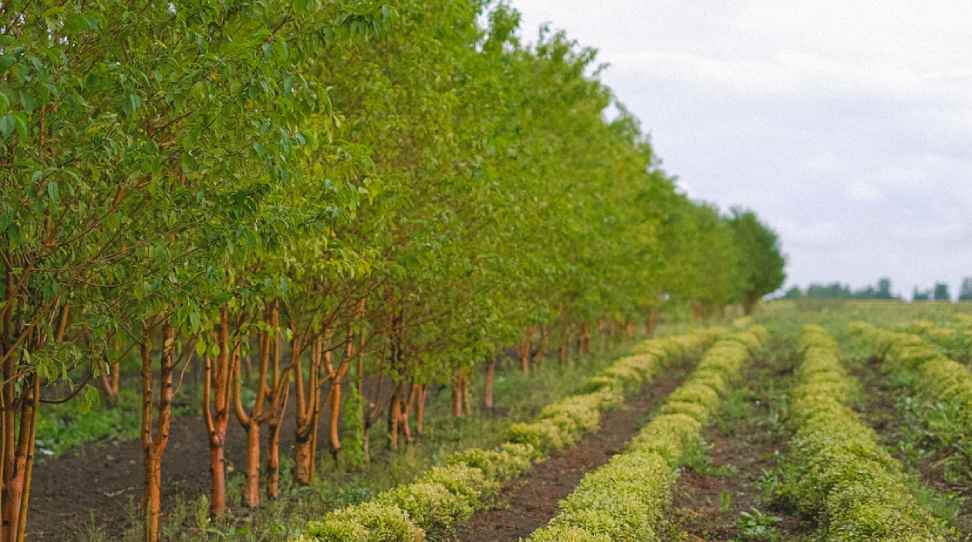11xplay Reddy Login, Betbhai9, T20exchange: Agroforestry offers numerous advantages to both the environment and farmers. By integrating trees into agricultural landscapes, agroforestry helps improve soil health, prevent erosion, and enhance water quality. The diverse plant species in agroforestry systems create a more resilient ecosystem that is better equipped to adapt to changing environmental conditions.
Furthermore, agroforestry provides additional sources of income for farmers through the production of timber, fruits, nuts, and other non-timber forest products. This diversification of products can help reduce the financial risks associated with relying solely on traditional crops. Additionally, agroforestry systems contribute to the mitigation of climate change by sequestering carbon in both trees and soil, making them a valuable tool in sustainable land management practices.
Types of Agroforestry Systems
One common type of agroforestry system is alley cropping, where rows of trees or shrubs are planted alongside crops in a field. This system helps to provide shade to the crops, reduce erosion, and improve soil quality. Another type is silvopasture, where trees are integrated into pastures for livestock grazing. This system not only provides shade and shelter for the animals but also helps in carbon sequestration and diversification of farm income sources.
In addition, there is the forest farming system, where agricultural crops are grown under the canopy of existing forests. This system promotes biodiversity, enhances ecosystem services, and allows for sustainable production of both agricultural and forest products. Another popular type is agroforestry windbreaks, where rows of trees are planted along field edges to reduce wind erosion, provide habitat for wildlife, and improve microclimate conditions for crops.
Key Components of Agroforestry
Agroforestry systems comprise a combination of trees, crops, and/or livestock grown together in a coordinated manner on the same piece of land. This integrated approach to land use not only enhances biodiversity but also provides multiple products and services. The strategic layout of different components within an agroforestry system plays a crucial role in its success.
Furthermore, the interactions among the key components of agroforestry, including the trees, crops, and animals, contribute to improved soil health and fertility, water conservation, and pest management. By utilizing diverse species and fostering symbiotic relationships, agroforestry systems offer a sustainable and resilient way of farming that can help mitigate the environmental challenges faced by conventional agricultural practices.
� Trees:
– Provide shade and windbreaks for crops and livestock
– Improve soil structure through root systems
– Sequester carbon from the atmosphere
� Crops:
– Benefit from tree cover, reducing evaporation and water stress
– Can be intercropped with trees to optimize land use
– Diverse crop species enhance ecosystem resilience
� Livestock:
– Graze on pasture under tree canopies
– Contribute to nutrient cycling in the system
– Integrated animal manure improves soil fertility
What are some benefits of agroforestry?
Agroforestry has numerous benefits, including increased biodiversity, improved soil health, enhanced water conservation, and the potential for increased income for farmers.
What are the different types of agroforestry systems?
Bet365 ID, Play247 Online, Iceexchange: Some common types of agroforestry systems include alley cropping, silvopasture, windbreaks, and forest farming.
What are the key components of agroforestry?
The key components of agroforestry include trees, crops, and livestock, all of which are integrated in a sustainable and mutually beneficial way.
How can agroforestry help combat climate change?
Agroforestry helps sequester carbon in trees and soil, reduces greenhouse gas emissions, and promotes sustainable land management practices, all of which can help mitigate the effects of climate change.

